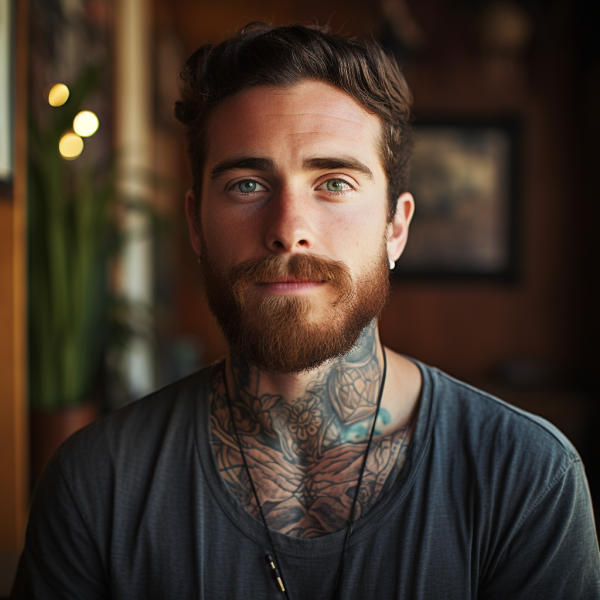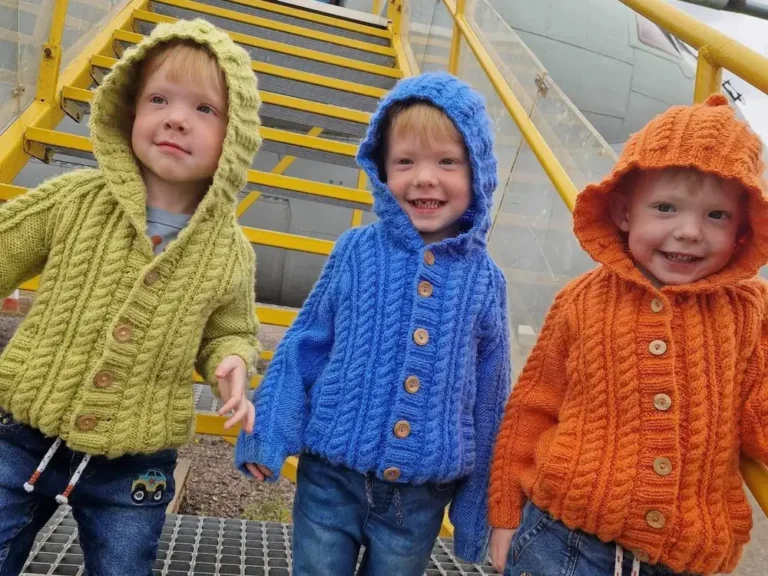A 27-year-old who built a side hustle 3D printing products to sell on Etsy did $10,000 in sales in one week. He explains the steps he took before coming up with bestselling product ideas.

- Before hitting a home run, Etsy seller Austin Ziegler struck out on several products.
- Creating best-selling products required first establishing credibility on Etsy.
- He also considered products that could solve a specific problem and tested new ideas on a regular basis.
Part-time Austin Ziegler, an Etsy seller, admits to getting too excited during the ideation stage.
“Every time I have an idea, I think to myself, ‘Oh my gosh, this is a brilliant idea.'” “I’m going to make so much money on it,” the 27-year-old founder of Ziggy Zig Designs told Business Insider, adding: “It’s a very humbling experience when you finally get it on Etsy and you make nothing.”
While he’s had a few flops (the travel battery cases he designed didn’t sell for four months), he’s also had a few big wins.
His first successful product was a travel box for bar soap designed to keep toiletry bags completely dry. According to Ziegler, who opened his online shop in April 2022 and 3D prints all of his products, it sold so well that it became an Etsy bestseller.
His sales gradually increased, from almost nothing in April to a couple hundred dollars in May and June.
“I made $1,000 and I was stoked,” he said in July. “From there, I plateaued around $1,200, until November.”
That’s when he mentioned his next best-selling item: a gas can ornament with a compartment for stashing cash. He dubbed the ornament “Gas Money 2022” to commemorate the year’s exorbitant gas prices.
He made $4,000 in sales in November 2022. Despite closing his shop in the middle of the month to ensure he could fulfill everyone’s orders before Christmas, he made $3,000.
Other items, such as coat hooks, soap dishes, and business card holders, help him get through the non-holiday season. Between January and May of 2023, he averaged $1,400 in sales per month.
However, ornament sales began to increase as early as the summer, and he recorded $10,000 in sales in a single week at the end of August. He made $16,000 in revenue in September. Insider confirmed his sales by inspecting screenshots of his Etsy dashboard.
“I think a lot of people go, ‘Well, he had this idea for a soapbox, he had this idea for a gas can ornament, he had this idea for that,’ without knowing how much time it took to come up with ideas,” said Ziegler, who manages an engineering team that creates medical devices full-time. “I’ve spent hours, days, weeks, and months just coming up with different concepts to make.” It took a lot of failed products before we found ones that worked.”
Here are three steps he took to create best-selling products and, eventually, turn his side project into a side hustle.
1. He built seller credibility by listing inexpensive products to drive sales and reviews
When the first product Ziegler mentioned, the battery cases, failed to sell, he changed his strategy.
“I have zero sales on Etsy, I’m a brand new company, I have no reviews,” he realized. No one will want to buy from me because I am not a credible seller.”
Ziegler decided to create and sell small, inexpensive products in the hopes that the low price would drive sales and, in turn, reviews. Customers are looking for positive feedback.
He made keychains and magnets and sold them for 99 cents each.
“They cost about 75 cents to make, so if I include shipping costs or anything else, I’m really not making any money,” he told me. “But that ended up driving my first 20 sales and my first 10 reviews, which gave me a little bit more credibility.”
He added that the increased credibility resulted in some battery-case sales: “That project never really took off in any way, shape, or form, but sales definitely increased.”
2. He thought about products that could solve a problem or serve a purpose — and constantly tested new ideas
The soap box, Ziegler’s first successful product, was inspired by a personal problem he was attempting to solve: traveling with a bar of soap.
“I was in Hawaii and I was using a travel Ziploc bag,” he said. “The travel Ziploc bag is only so good — it will puncture at some point — and it opened and got my entire toiletry bag all soapy and gross.” I thought to myself, “I need to make a product for this.” So I looked online, but there weren’t many options.”
He created a soap box in order to provide a completely dry travel experience. The case’s top can grab soap from your shower so you don’t have to touch the bar. He wasn’t the only one who had a soapy toiletry case: the product quickly became a best-seller on Etsy.
In the case of the soap box, Ziegler was creating a completely unique product, but if you have an idea and discover that someone else is already selling it (or something very similar), don’t abandon it. His next big win was a gas can ornament, which already existed when he first thought of it while filling up his tank for $5 per gallon in 2022.
Instead of abandoning the concept, Ziegler considered how he could make his product stand out. That’s when he thought of putting a hole in the middle of the gas can so people could roll up cash and give it to him along with the ornament.
He designed and printed the ornament, listed it on Etsy, and it quickly became a best-seller.
Before his home runs, Ziegler struck out a lot. It’s a numbers game when it comes to selling on Etsy.
“I have hundreds of product ideas on my mind all the time,” the entrepreneur said, referring to a running list on his phone. In addition, he has a prototyping box containing “500 to 1,000 different products that I prototyped over the last year and a half.”
His days were more design-focused before some of his concepts took off, he said: “I was spending 12 to 14 hours a week designing new products in 2022.” However, now that he has a few bestselling items, “I’m doing a lot more Etsy fulfillment and a lot less design.”
3. He didn’t skimp on production
Ziegler is passionate about creating high-quality products, and his engineering background has prepared him for strategies for testing a product’s functionality and durability.
“There are two types of testing in medical device design: verification and validation.” “One is for functionality, and the other is for user interaction,” he explained. “Fortunately, I have some generic methods that I use to test my products in terms of functionality, how it’s going to be used, and what kind of abuse might it see.”
He also enjoys comparing his products to others on the market. Because his battery case has a snap feature, he experimented with other products that snap open and close to see how his stacked up.
“You have to iterate the prototypes to make them look good,” he says of 3D printing. “It’s never just the first one and done.”
He also enjoys 3D printing, which is an advantage. He’s been doing it since he was in high school.
“You find a lot more happiness and, in my opinion, a lot more perfection in doing stuff you’re happy about,” he went on to say. “So if you love designing, your designs are going to be a lot better.”





